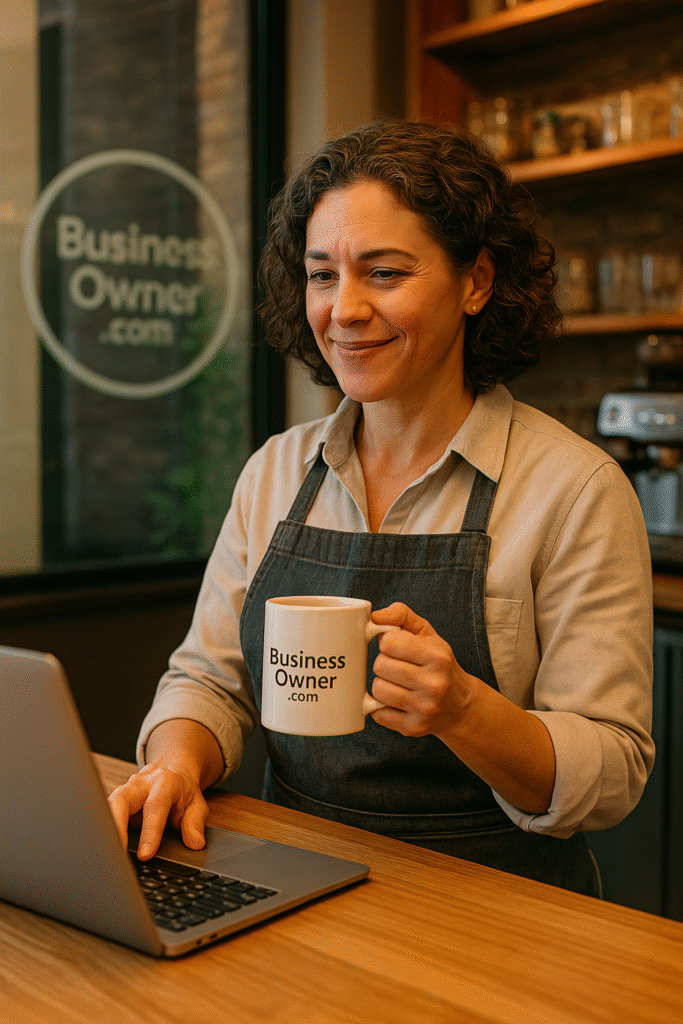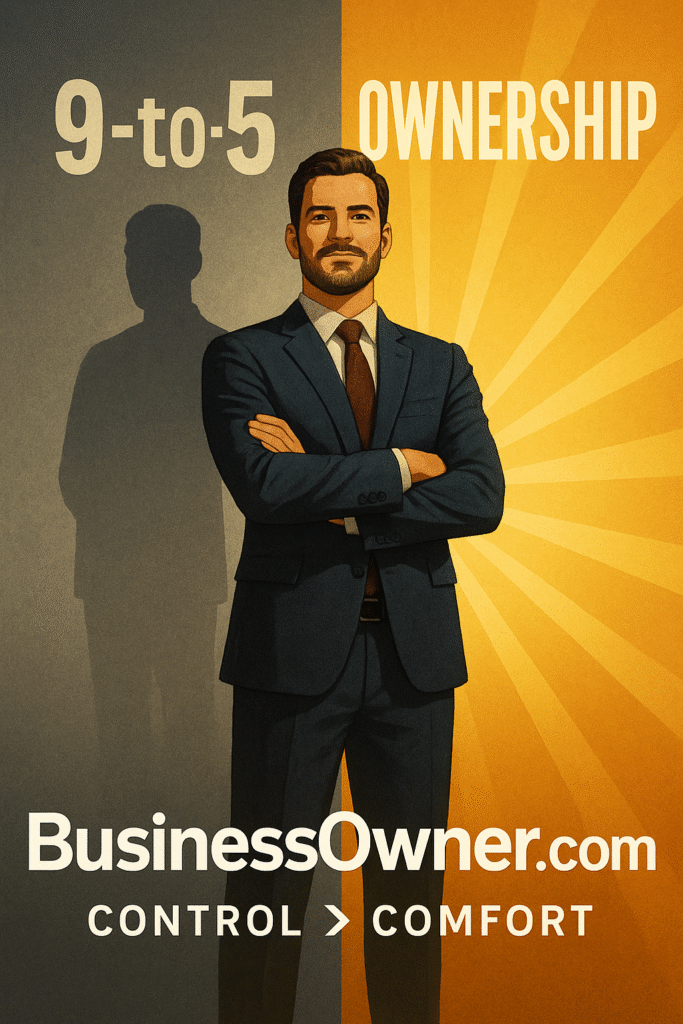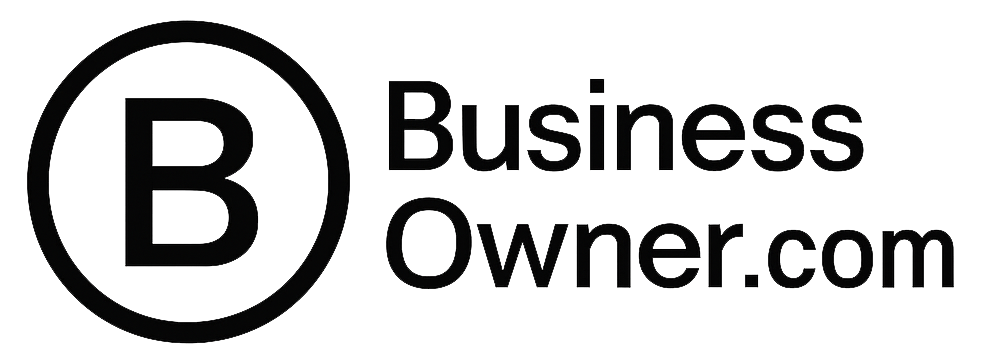
Most people cling to a paycheck thinking it’s safer. Reality check: the only thing safer might be complacency. We’ll cut through myths, unpack the data, and challenge you to consider ownership—with resources you can actually trust, like BusinessOwner.com.
Why “A Job Is Safe” Is a Risky Bet
- A survey of 1,000 U.S. job-seekers finds 73% believe no job is truly secure and 71% think job security is fading—even while 69–73% still feel their own role is safe. That’s cognitive dissonance, not comfort.
- Traditional “secure” sectors—public service, law enforcement, education—are facing layoffs and disruption. Experts say that what counted as job security is now a moving target.
Bottom line: Safety in a traditional job is a myth—and companies are always evaluating risk.
Self-Employment Isn’t Easy Money—and Not Always Riskier
- Self-employed folks report higher satisfaction (62% vs 51%) and much lower stress (15% vs 29%) and overwhelm (8% vs 19%) than wage workers.
- But the flip side: self-employment comes with income volatility and unemployment risk—and most can’t fall back on savings, especially since over 50% of self-employed workers lack positive liquid wealth.
Bottom line: Ownership can feel more fulfilling—but it demands financial resilience.

The Gig Economy: A Safety Valve—or a Trap?
- Gig work acts like insurance—it helps low-skilled or asset-poor individuals bridge income gaps, reducing unemployment risk and improving welfare.
- But we’re talking gig: inconsistent pay, zero benefits, no paid leave or healthcare. Freelancers handle everything—taxes, finances, insurance—solo. Oh, and some clients don’t pay on time.
- Increasing numbers of freelancers are saying “enough”—they crave the predictability of a W‑2—even if that means taking a pay cut.
Bottom line: The gig economy is adaptive—but it doesn’t solve insecurity, it masks it.
Jobs Can Kill You (Literally)
- Workplace injuries are no small matter: in 2022, there were over 5,400 U.S. deaths on the job and 3.5 million nonfatal injuries. Construction, healthcare, and transportation top the danger list.
- Roofing? Fatality rate is 59 per 100,000—ten times the average job risk.
- And if you’re already stressed, the body won’t thank you: 83% of U.S. workers report work-related stress, which is linked to up to 120,000 deaths annually.
Bottom line: Safety isn’t just financial—it’s physical and mental. Jobs don’t guarantee peace of mind.
So What’s Actually Safer? Turning Employees Into Owners
- Neither path is inherently safer—but ownership gives control, upside, and personal satisfaction.
- Stats show self-employment is growing in satisfaction and scale, but ownership demands strategy, financial buffers, and systems.
- BusinessOwner.com helps you move from anxiety to ownership—through our Certified Buyer Program, ownership agents, and automation tools.
Safety is an illusion—traditional jobs are exposed. Self-employment is risk, but it’s risk with upside, control, and fulfillment. If you’re done playing someone else’s game, pivot. Own your work. Build legacy, not insecurity.
Ready to switch roles—from replaceable cog to ownership agent? Head to BusinessOwner.com. Check out our Certified Buyer Program and strategic ownership tools—because comfort without control isn’t safety, it’s surrender.


